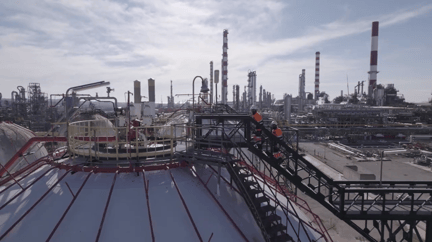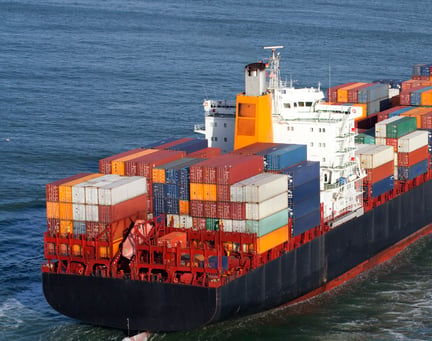LRQA's Group Health, Safety, Environment and Security Director James Pomeroy discusses in this three-part series, how well-prepared businesses are to deal with major crises and what lessons we have learned so far.
Over the last few months, we’ve seen that many organisations have Business Resilience Plans (BRPs) in place which focus on ‘key man risk’. This means the loss of individual key people, not the simultaneous loss of many. While it’s preferable to have modelled and tested a BRP in advance of a crisis, what COVID-19 has shown us is that we need to look beyond job roles. Volume for instance is often overlooked – and can make or break an organisation’s ability to cope. For example, healthcare systems may be able to function if one or two doctors are unable to work because they’re ill, but if hundreds are self-isolating because of a pandemic, then how can that system continue to deliver its services safely and effectively? If both the Prime Minister and the health minister are diagnosed with COVID-19, as seen in the UK, who then steps in?
Traditionally, when an organisation thinks about crisis management, it focuses on planning. No doubt many companies have risk management teams which have developed detailed contingency plans, but how well do these really work in the face of an unprecedented crisis?
Eisenhower famously said: “Plans are worthless, but planning is everything.” While planning and organisational preparedness are important, what our current situation has shown us is that there are other critical behaviours required in today’s world which can have a huge impact on a company’s performance during a crisis. Our conventional approach to risk management and BRP needs review – whereas before the focus was on ‘predict, plan and prepare’, BRPs of tomorrow need to focus on ‘resilience, adaptability and how to create capacity’.
An article in Harvard Business Review discusses how we need to think about ‘A positions’ rather than ‘A players’ – so a shift in thinking towards critical roles rather than critical people. The article states that in order ‘to determine a position’s strategic significance, you must be clear about your company’s strategy. You must ask: What jobs are critical to employing those capabilities in the execution of the strategy?’
These questions can be difficult to answer in ‘business-as-usual’ circumstances – and they’re even harder to answer right in the middle of a crisis. It’s imperative that critical roles have been identified before a crisis hits, so the BRP is effective when it’s needed most.
There are several ‘warning’ signs that staffing levels might not be adequate:
- Safety critical tasks are not completed, or are completed later than they should have been
- A backlog of maintenance
- Increased overtime levels
- Increased absence due to stress, fatigue and other ill health
- Increased staff turnover due to high workload, stress and fatigue
- Bottlenecks in communications and
- Increased customer complaints and delivery times.












